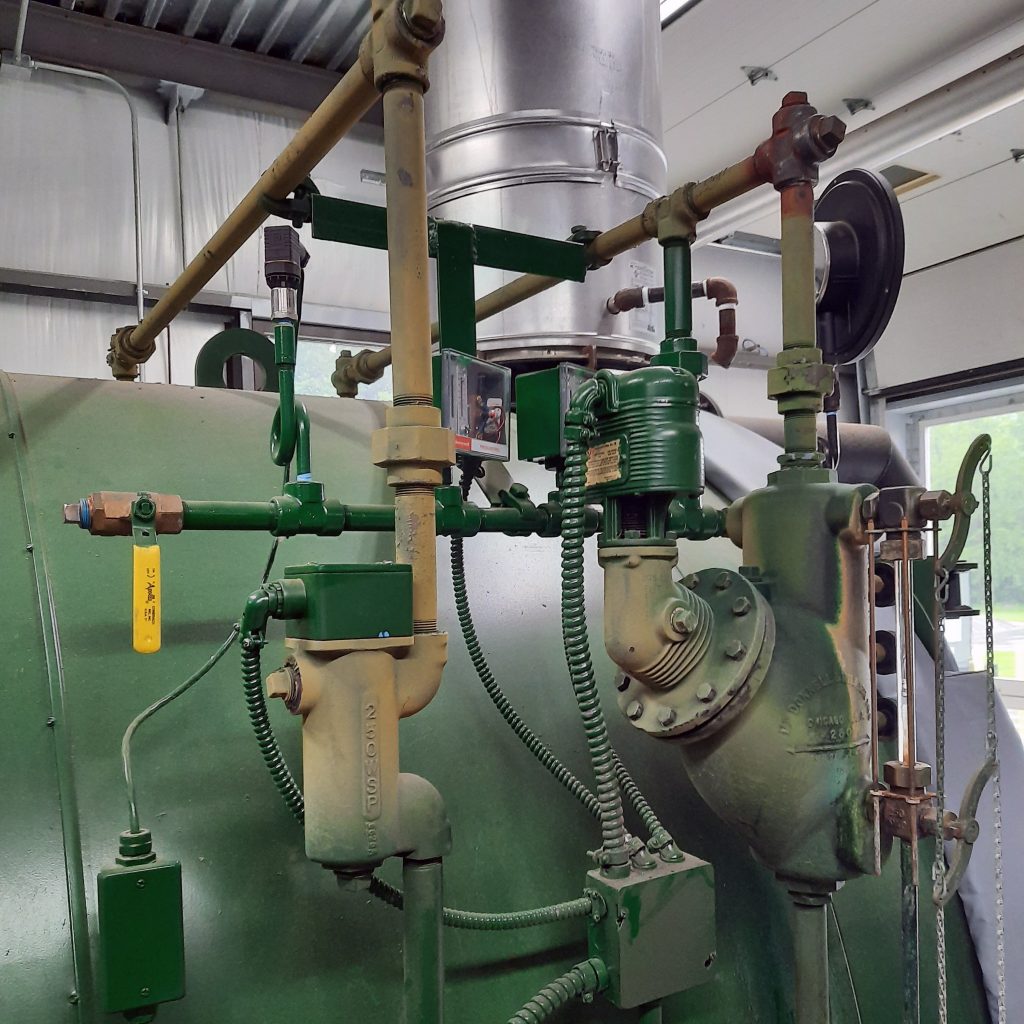Steam or Compressed Air? Same Pressure, Different Energy
Features
On a service call, a newer customer was showing us their steam-driven machines and how they operate with massive power on only 150 PSI of steam. They also told us how a couple years ago, a plant manager had the idea to remove the boilers and switch to air compressors, since boilers are expensive to operate, and they already had compressed air. They rented some large air compressors, hooked them all up to one machine, and couldn’t even get the machine to budge. That’s right—150 PSI of air had no effect on the machine, but 150 PSI of steam was enough to make the machine fire up with intense speed, shaking the base it was mounted on. What’s the difference? Why can’t 150 PSI of compressed air do the same amount of work as 150 PSI of steam? The answer lies in the energy that is stored within steam—in sensible and latent form.
Sensible vs. Latent Heat
Sensible heat is heat or energy that can be measured as a temperature change using a thermometer. When you heat water, raising its temperature from 100 to 200 degrees Fahrenheit, you’re adding sensible heat to the water. If you keep heating the water up to 212 degrees, a lot of energy is required to convert the water to steam. This is latent heat, and it’s why steam has so much more power than compressed air. Latent heat can’t be measured with a thermometer. Instead, it’s the energy added to water to make it change phases (i.e. water into steam). Since energy is neither created nor destroyed, the steam holds that energy until it cools down and turns back into water.
A good visual example of the latent energy in steam is a one-year-old steam boiler that has had all of its piping painted. Even as all the piping is under the same pressure, you’ll notice that the paint will be burned and discolored on the portions of pipe containing steam. On the control tree where the pipes are full of water, the paint will be intact. This is due to the difference between latent and sensible heat, and it’s why you have to keep a water barrier between pressure controls and the steam through siphon loops or flooded control piping.

The Unmatched Power of Steam
To recap: Sensible heat is heat added to water that creates a temperature change measurable with a thermometer. Latent heat is the energy added to water that causes a phase change. That latent energy cannot be seen, but it’s why steam is used around the world to power equipment in a way that compressed air can’t even come close to matching. Remember that 150 PSI isn’t always 150 PSI; same-pressure doesn’t always mean same-energy.


